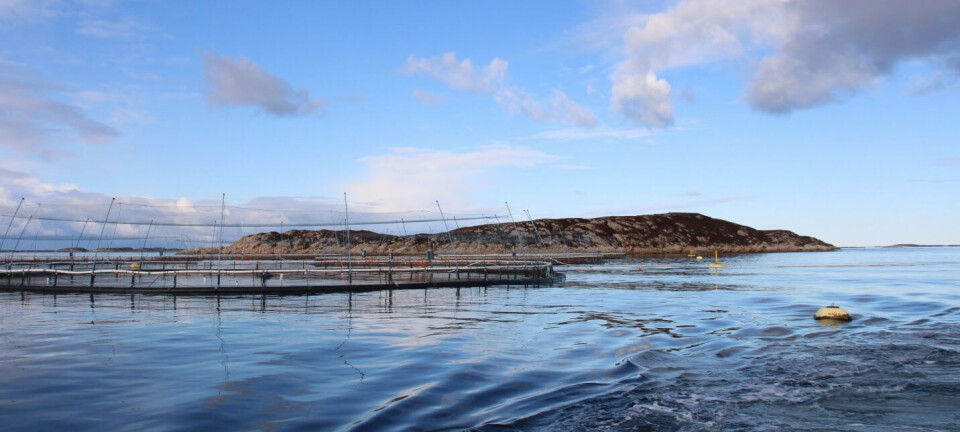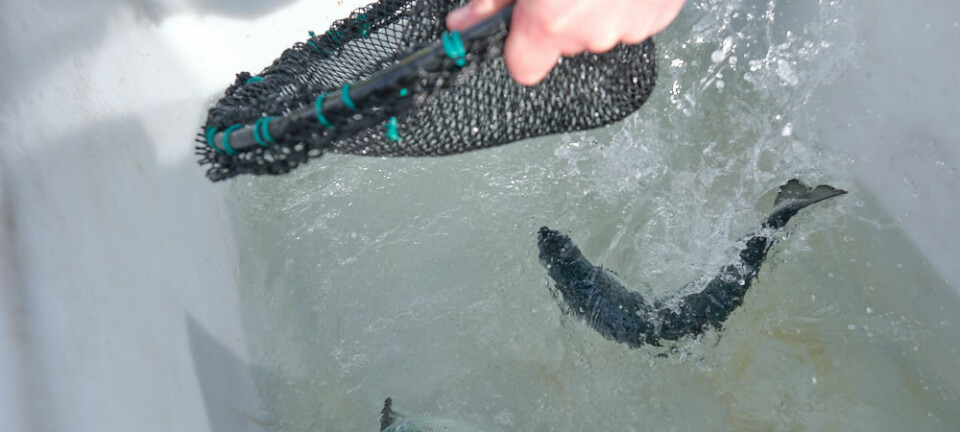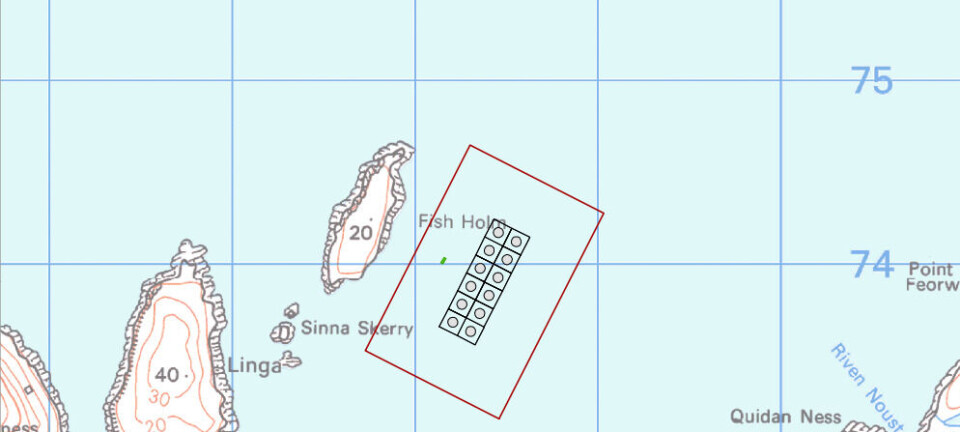
Marine compound from red tide could treat disease
USA: researchers at the University of North Carolina Wilmington (UNCW) Center for Marine Science have developed a semi-synthetic molecule derived from a toxic marine compound which could be useful in treating pulmonary diseases such as cystic fibrosis and asthma.
According to an article in Lumina News online, the molecule was discovered by scientists with MARBIONC, a biotechnology development program at the Center for Marine Science.
As much as 60 percent of today's pharmaceuticals are derived from naturally occurring compounds, and the ocean provides an almost-infinite untapped resource. MARBIONC researchers have been working with several compounds from red tide that produce respiratory distress in humans and marine mammals.
The researchers found that red tide not only produced a number of toxins. It also produced an antidote that had never been identified. Not only was the antidote discovered, but real, usable, human therapeutics are coming out of this program.
The first antidote discovered, a naturally occurring compound called brevenal, was patented by MARBIONC in 2007. Researchers recently received a patent for a second potentially useful substance produced by synthetically modifying the toxin molecule to produce antitoxins.
The new compound could become a new medicine to treat pulmonary-based diseases, or diseases that are based on the clearance of lung mucus.
The compounds are now in the early pre-clinical phase of development and are years from being approved and marketed.























































